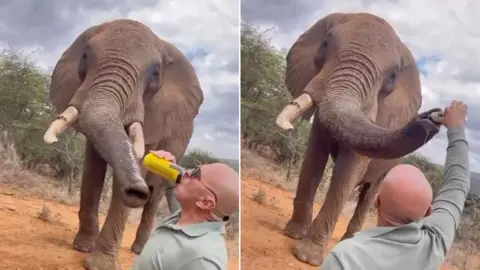In a remarkable turn of events, Oklahoma is setting an example in combating water pollution, particularly in its streams and rivers. Central to this success is a straightforward solution: removing cattle access to these water bodies. The initiative has proven so effective that data suggests Oklahoma has cleaned more streams than any other state, as reported by the Environmental Protection Agency.
One farmer, Grant Victor, took bold steps in 2016 by fencing off his cattle from Horse Creek— a vital waterway cutting through his family’s lands in northeast Oklahoma. In an area that has been in his family since the 1890s, the years of bovine traffic had severely degraded the creek’s banks, accumulating mud, sediment, and animal waste in the water.
Working alongside a conservation program, Victor’s fencing project aimed to establish a protective buffer around the creek. Although this meant restricting cattle access to 220 acres— approximately 6% of his total land— the farmer was optimistic about the potential benefits. Almost immediately, he observed tangible improvements: lower veterinary bills and an uptick in local wildlife.
The most significant achievement has been the recovery of Horse Creek itself. No longer marked as one of the state’s most contaminated waterways, the creek stands as a testament to the successful outcome of managing livestock and environmental sustainability. Thanks to similar efforts, around 100 other streams in Oklahoma tainted by agricultural runoff have also seen rejuvenation.
As part of the ongoing "50 States, 50 Fixes" series, this transformation highlights the impactful local solutions available to tackle critical environmental challenges. Oklahoma's proactive approach to conservation serves as a beacon for other states grappling with similar issues.





















